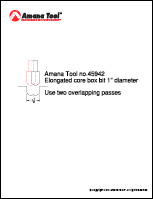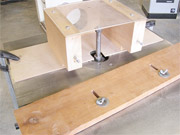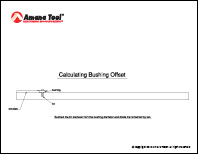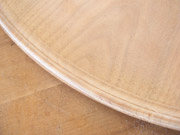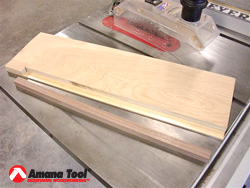I have a lock miter router bit which I plan to use to secure the corners of a chest. When I try to make the joint, the bit chews up the work, because there is no way to stop the wood from feeding into the bit. I saw the wood to 45 degrees before using the bit because it is too difficult to hog off the edge with the router bit. I am using the bit in a shaper. How should I feed the wood to make the corner joint?
-Lee O.
Mountain View, MO
Our Expert
It sounds as though you are climb cutting. Climb cutting is when the workpiece is fed the same direction as the cutter rotation. Instead, the workpiece should always be fed against the spindle rotation. Climb cutting should never be attempted without a power feeder because it is very dangerous. When climb cutting, the machine pulls the workpiece into the bit or cutter and it may pull your hands along with it and cause a serious injury.
Unlike routers, most shapers have a spindle reversing switch. The reversing switch provides greater versatility to the machine. The standard spindle rotation is counter-clockwise, in which case the workpiece is fed from right to left, against the rotation of the spindle.
If necessary, the shaper cutter can be inverted, and the spindle rotation changed to a clockwise direction. When set up this way the workpiece should be fed from left to right, which will be against the spindle rotation.
Some shapers, like yours, have a collet which allows you to use a router bit in the machine. Unlike shaper cutters which are bored to fit a spindle, router bits cannot be inverted and so you must always use them with the shaper rotating counter-clockwise. And, of course, the workpiece must be fed from right to left.
Also, keep in mind that the top speed of most shapers is typically 10,000 RPM while routers usually run at twice that speed, typically 20,000 RPM or more. So when using a router bit in a shaper it is necessary to reduce the feed rate.
To increase safety as well as the smoothness of the cut I recommend that youuse featherboards to hold the workpiece firmly to the table and fence. And use a guard whenever possible to shield your handss.
View Illustration



